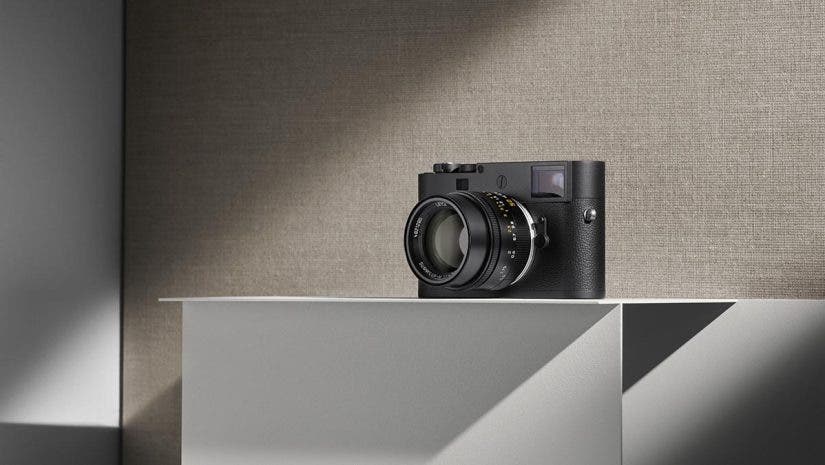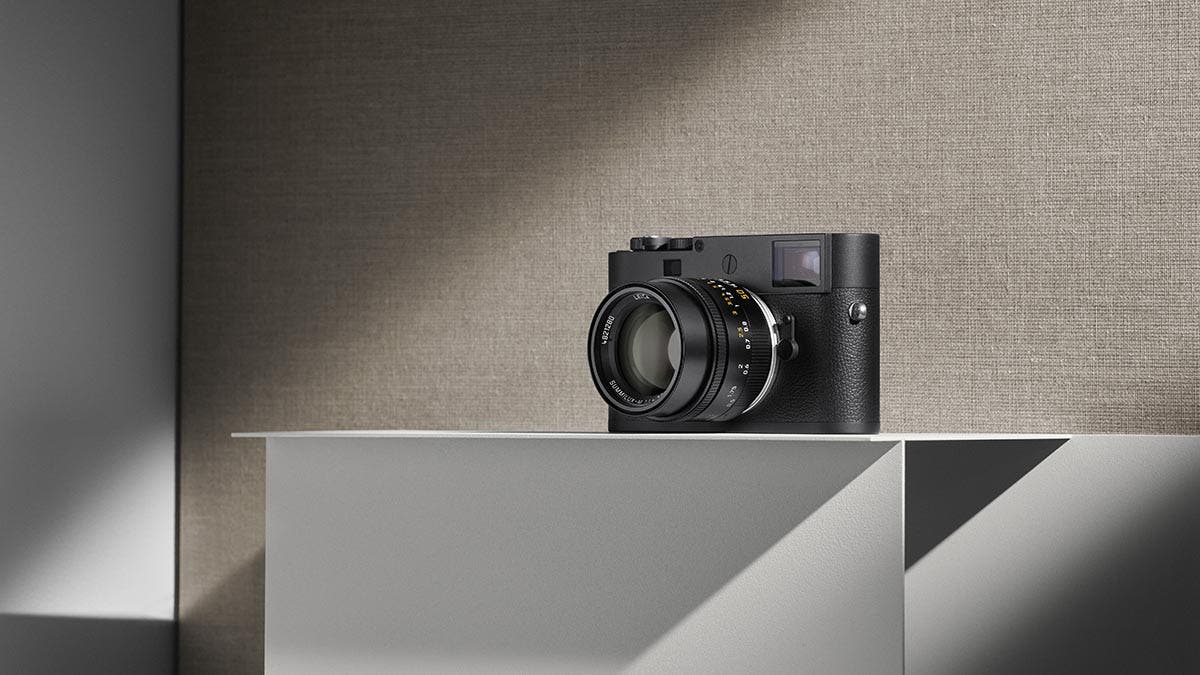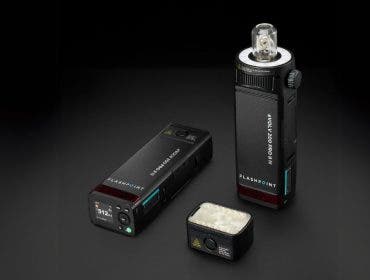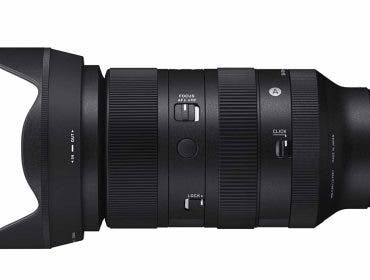The Leica M series encourages photographers to focus on creativity and storytelling instead of fiddling with camera settings and functions. To do that, the cameras have the iconic, straightforward design of the first Leica cameras. Similarly, they have stunning image quality and thoughtfully chosen functionalities (just a few). However, the power of the digital world is there; M series cameras are digital but dressed in analog sensibility. The new Leica M11-D is no exception. It is a digital system camera with a rangefinder but no back monitor to review your photos. With this new Leica camera model, photography returns to what it used to be: the beautiful art of catching a fleeting moment.
Key Features of the Leica M11-D Camera
- 60.3MP full-frame BSI CMOS sensor
- Manual focus with a focus range of 70 cm to infinity
- 64 to 50,000 ISO range
- Leica M bayonet lens mount with an additional sensor for 6-bit encoding
- Rangefinder with automatic parallax compensation
- 3GB buffer memory (holds more than 100 JPEG images), 256GB internal memory
- 1800mAh Li-Ion battery lasting for up to approx. 1700 shots (Leica adapted shooting
- cycle)
- Weights 539g (19.05 oz)(including the battery)
What’s New About the Leica M11-D?
The main design novelty is on the back of the camera. The display we are so used to with digital cameras is no longer there. Instead, Leica put a mechanical ISO dial on the back of the camera, like analog M cameras have. The minimalist design goes even further. There is no red Leica logo, and the camera is all black. The discrete exterior invites the photographer to focus on the interior. Powered by digital technology and Leica’s astonishing optical quality, the new camera model is capable of impressive image resolutions, exquisite sharpness and clarity in any environment, and amazing color accuracy.
Hardware-based Leica Content Credentials Technology
Leica M11-D continues to support you in protecting the authenticity of your digital work by implementing the framework described by the Content Authenticity Initiative (CAI) and the open technical standard of the Coalition for Content Provenance and Authenticity (C2PA). As a result, the authenticity of your photos is registered and can be verified for free by anyone.
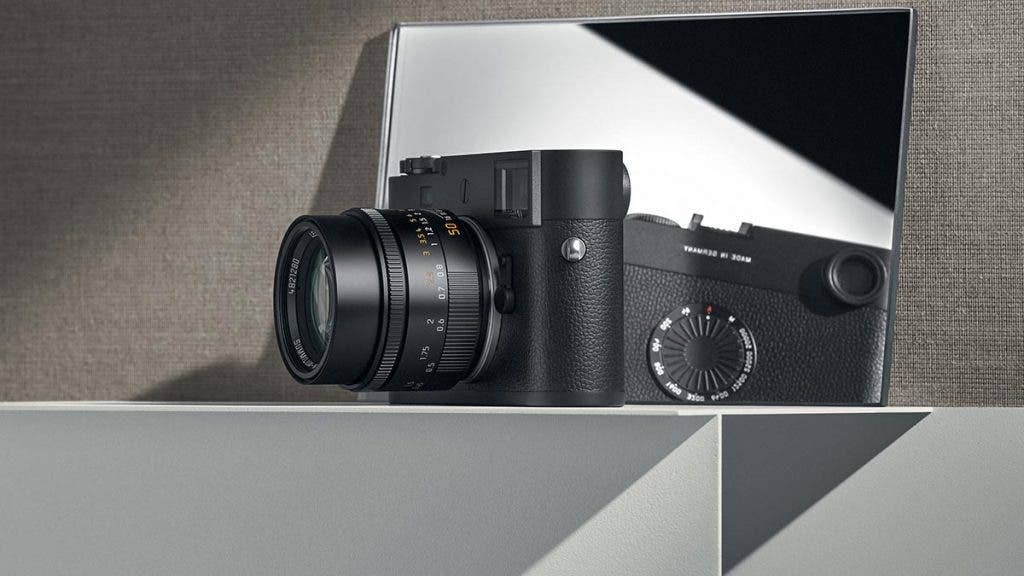
Simple Rangefinder Design Without Rear Display
The reason the Leica M11-D has no rear display is to boost your confidence. You can’t look at the photo you’ve just taken, shake your head, and try again. You must commit to your work and be fully present for each shot. The large and bright rangefinder helps you with that. It features parallax compensation, and optical corrective lenses are available, too. In addition, the camera has an ISO accessory shoe with additional control contacts for the Leica Visoflex2 viewfinder if you want to add a digital viewfinder.
High-Resolution Images
Leica digital M-series cameras are the smallest full-frame cameras on the market, and the new model is true to the name. The camera features a full-frame CMOS sensor with the Triple Resolution Technology and can take 60MP, 36MP, and 18MP photos. Continuous shooting at 60MP with up to 5 photos per second is possible due to the 3GB buffer memory. In addition, the camera is compatible with Leica M prime lenses, supports RAW shooting, has a fast shutter speed, and only allows manual focus. You benefit from the best technology and are given the opportunity to do everything by yourself.
High Performance in Low Light Conditions
Even though the camera has an ISO accessory shoe for a Leica flash unit, performance in low light is achieved by default. The broad ISO range (native 64 to 50,000) leaves no room for blurred or noisy photographs. Use the mechanical ISO dial on the back of the camera to adjust the ISO value and adapt to each situation. Shooting in RAW may be necessary when there isn’t much available light. You can choose between 14-bit DNG and 8-bit JPEG file formats using just the Leica FOTOS app.
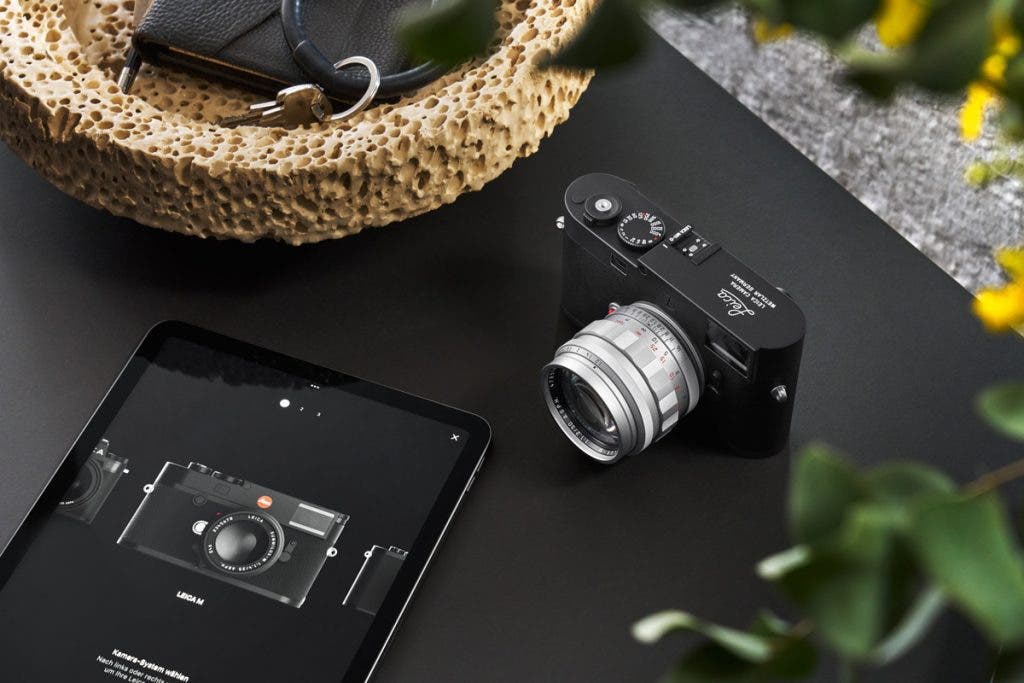
Extended Connectivity
Speaking of connectivity, the new Leica M-series camera is a certified “Made for iPhone® and iPad®” product, which means it connects smoothly and effortlessly to iOS devices. It features Bluetooth and USB-C cable connections, too. The Leica FOTOS app may act as a camera display. It allows you to adjust camera settings, such as white balance and file format, replaces a remote control and triggers the shutter, supports geotagging, and helps you preview and transfer your photos.
Minimalist Design
The new Leica M-series camera is a testament to minimalist design. It is simple, black, and has a resistant full-metal housing made of magnesium and aluminum and a comfortable leatherette cover. It’s lightweight (weights only 539g (19.0z)) and compact (138.8 x 80.3 x 38.45 mm). The camera’s buttons are customizable to deliver the best experience. The battery is energy-efficient and made to last for up to 1,700 shots. This camera is made to be handheld but allows for tripod mounting when necessary, thanks to its 1⁄4 DIN 4503 (1⁄4″) tripod thread.
Who Should Buy This Leica Camera?
Paired with a Leica M prime lens, the new Leica M11-D is the ideal camera for the nostalgic, professional photographer who requires the best quality and nothing else. Handcrafted in Germany, the camera benefits from a design that proved to be the right one for more than 70 years. Customizable, durable, discrete, and ultimately collectible, this camera is the only camera you’ll ever need. In the absence of the rear display, you can focus on what’s in front of the camera and not what’s in the camera. The M11-D is also ideal for photojournalists and documentary photographers who want their images authenticated.
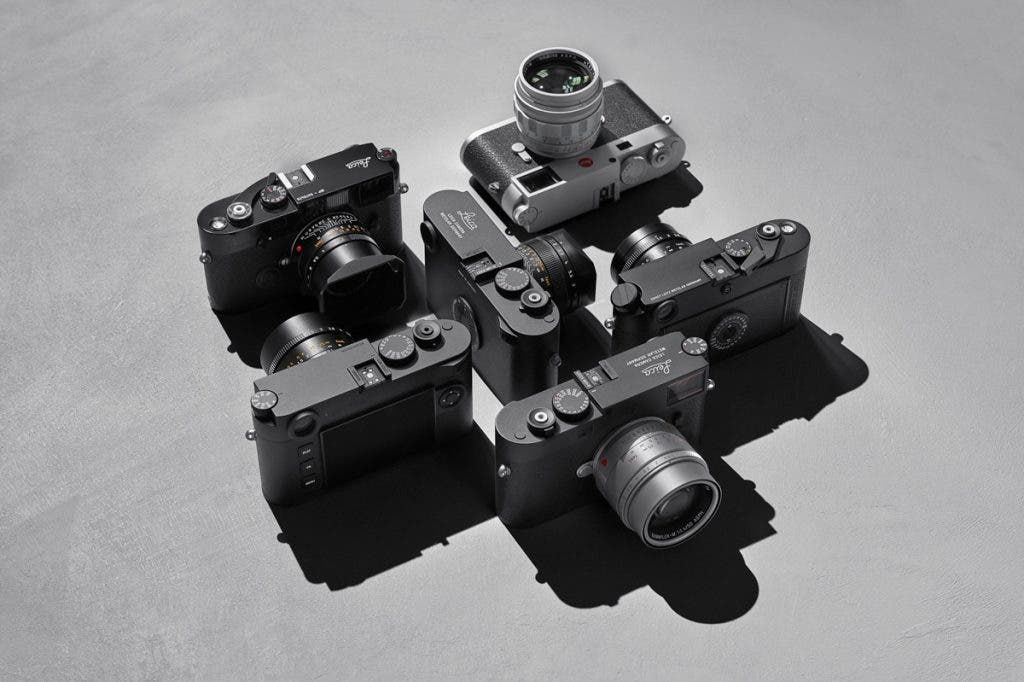
Comparable Cameras
Previous models in the Leica M-series, such as the Leica M11 and Leica M11-P, feature a 2.95-inch LCD panel with touch control. They are available in black and silver and give more modern digital camera vibes. In contrast, the new model has a more analog feel and touch. Compared to image quality and connectivity, the differences between the cameras in the Leica M-series are found more in workflow and mindset. The new model is, so far, the closest to the analog feel of the earliest Leica cameras.
Final Thoughts
The Leica M-series dates from 1954 and includes both analog and digital cameras and a broad range of lenses. It’s Leica’s way of preserving the tradition that made the company famous: minimalist design that empowers the photographer and enhances creativity, outstanding optical features, and impressive image quality in any situation. With the new camera model, they’ve taken away the rear display, the safety net of modern photographers. A daring decision that reminds us why we’ve fallen in love with photography in the first place.
